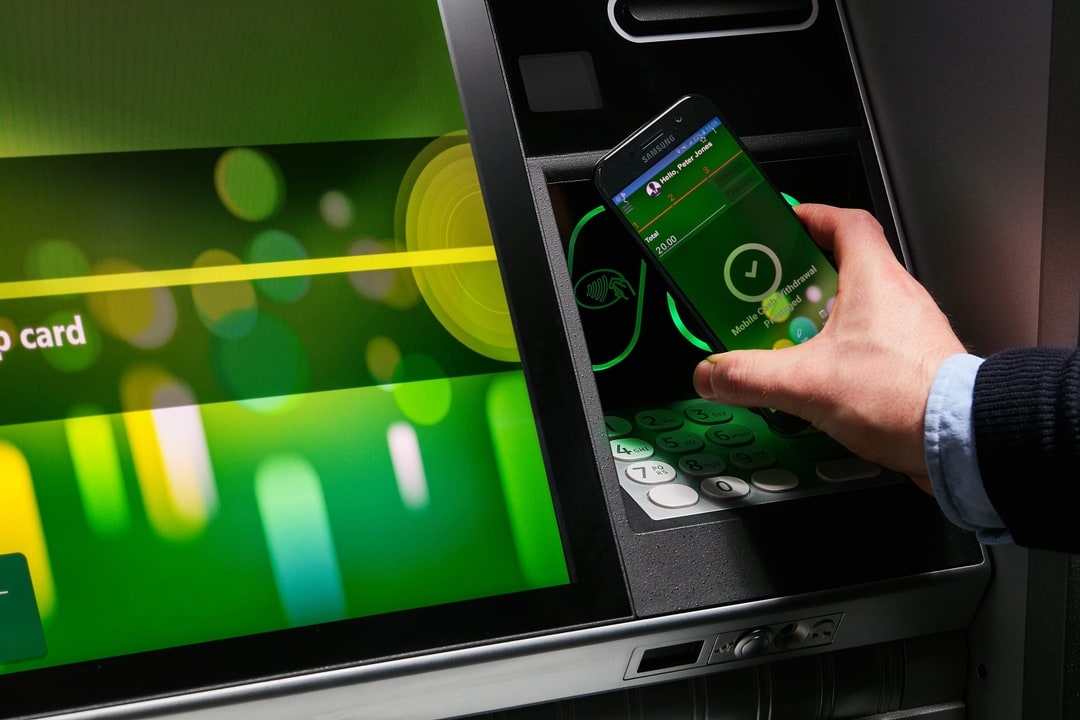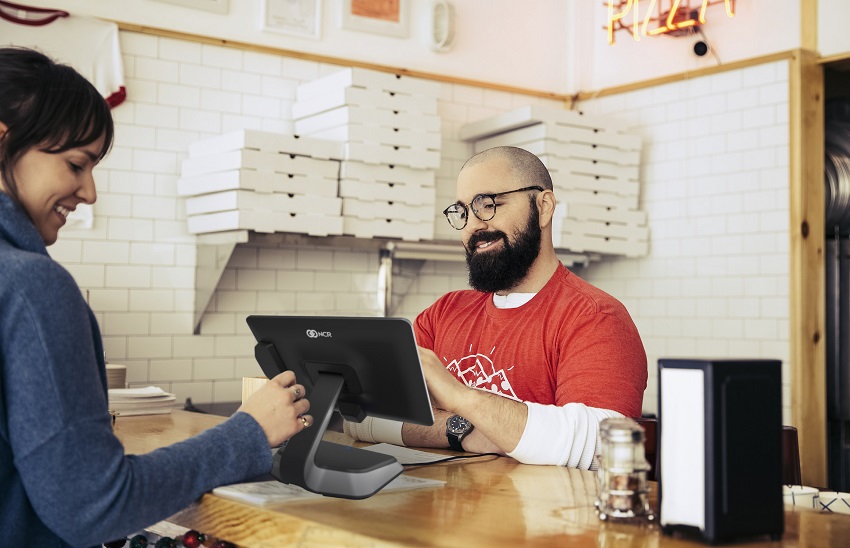Baseball and Retail are on the same path
Published October 28, 2022
By Loren Brown
“The one constant through all the years, Ray, has been baseball. America has rolled by like an army of steamrollers. It’s been erased like a blackboard, rebuilt, and erased again. But baseball has marked the time. This field, this game, is a part of our past Ray. It reminds us of all that once was good, and that could be again. Oh, people will come, Ray. People will most definitely come.” - Terrance Mann, Field of Dreams
With all due respect to Mr. Mann, retailing has also been a constant through the years; even longer than baseball. And every day, retailers hope people find a reason to come to their store and shop. But beyond trying to entice people to a mall in the middle of Iowa, a mom-and-pop at the corner of Hollywood Boulevard, or an online site – this is not where the similarities between baseball and retail end.
The true “constant” through all the years is change. At its core, baseball is still the same game that began in the mid-1800’s, but the game has continued to evolve over time, and Major League Baseball, especially over the last decade or so, has worked to make changes to keep the game exciting and relevant for today’s consumer. Sometimes the changes have worked and stuck, others have failed and forgotten. As Hank Aaron said, “Failure is a part of success.”
However, if you look at what’s going on to improve the game of baseball, you will see strong parallels with what’s going on in the game of retail.
Retailers need to TRANSFORM the game
While many rule changes for baseball were for player safety, or team success, others, especially as of late, can be attributed to the fan or customer experience. Baseball games can take a long time, have only sporadic action, and have few concession options. Yet, baseball is working to “improve” the game to reduce the length of the game and make it more exciting. Baseball teams are adding more food options and various forms of entertainment to keep fans interested while at the ballpark. And let’s not forget the retail environments being set up with mobile ordering to your seat, plus other new ways to shop while at the game.
So speaking of retail, the growth of experiential retail, a focus on reducing friction in the shopping journey, and adding multiple ways to shop – these concepts can all be seen in today’s retail environment. You, as a retailer, don’t have to try and do everything – let’s be honest, budgets are limited, margins are tight – but consider what makes the most sense for your identity as a brand and how you want that brand experienced by your customers.
And when you really want to push the envelope of transformation, consider what Artificial Intelligence and Machine Learning (AI/ML) can do. The impact of AI/ML for both baseball and retail can quite truly be game changing.
Retailers need to CONNECT to transform
Transformation is all well and good - unless of course nothing acts as intended. You can offer all these great tools to help improve the game and bring it to the 21st century, but if the systems don’t connect with each other, the value is lost. Baseball and retailers both are evaluating the best ways to bring their technology together through network solutions and connecting platforms. As McKinsey points out, “To fully exploit technology, retailers must undertake a radical transformation of their IT function.”
But retailers (and baseball) can’t lose site of the ultimate connection for success. Being able to connect technology endpoints then allows a business to connect with the real endpoint— the consumer.
The lifeblood of both baseball teams and retail are the consumers. It’s well established that your most die-hard customers will spend more, so it’s important for retailers to build out their fan base. Connecting better with “fans” should be the end goal.
It was big news for even the retail world when MLB teams began moving to mobile tickets en masse, but retailers knew the power of connecting with consumers via mobile well before this point. Today, the connection of physical and digital continues to drive the positive changes seen at the ballpark and the retail store.
Once connected, it’s time to get things RUNNING
So you have all these new technologies in place and talking to each other— now what? As anyone that follows baseball knows, the sport is all about analytics. Players use analytics to get new contracts, while owners use analytics to put the best product on the field and make changes to the game. Fans use analytics to argue about who to use for their fantasy teams. Data, for better or worse, runs baseball.
Similarly, retailers are learning and investing more and more in analyses that will help them grow revenue, reduce costs, and improve the overall employee and customer experiences. An RIS News study found that over the next 2 years, grocers will begin major upgrades around areas like predictive and prescriptive analytics.
With so many pieces coming together to produce mass amounts of output, few retailers can truly dedicate the resources to managing these systems. That’s why retailers are beginning to focus back on just being retailers and connecting with their customers and allowing others to manage the infrastructure. By doing what you do best, that’s how winning teams are made. Not everyone needs to be a utility player.
Sliding Home…
To be successful, retailers cannot sit idly by and allow new shopping habits, changes in consumer needs, and improvements in technology to pass them by. Those not willing to put in the work to continually improve, adjust, and yes – sometimes fail – will ultimately see their competition pass them by in the rankings.
Hall of Famer Brooks Robinson said, “If you’re not practicing, somebody else is, somewhere, and he’ll be ready to take your job.” So as a retailer, don’t stop working at improving your game and bringing in the right players, or else some other company who has embraced change will come in and relegate you to the bench.



